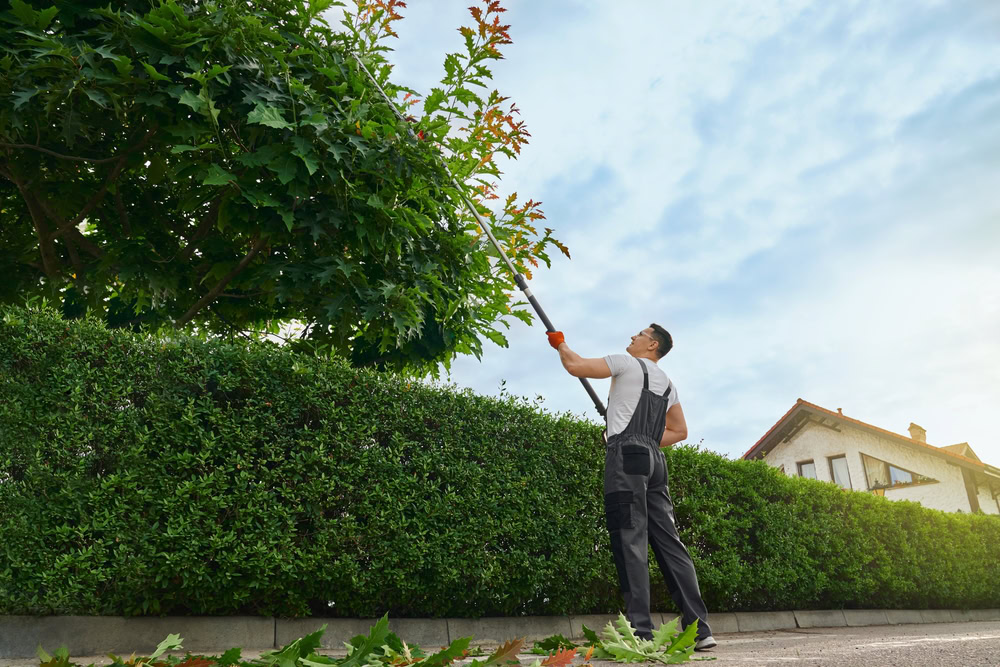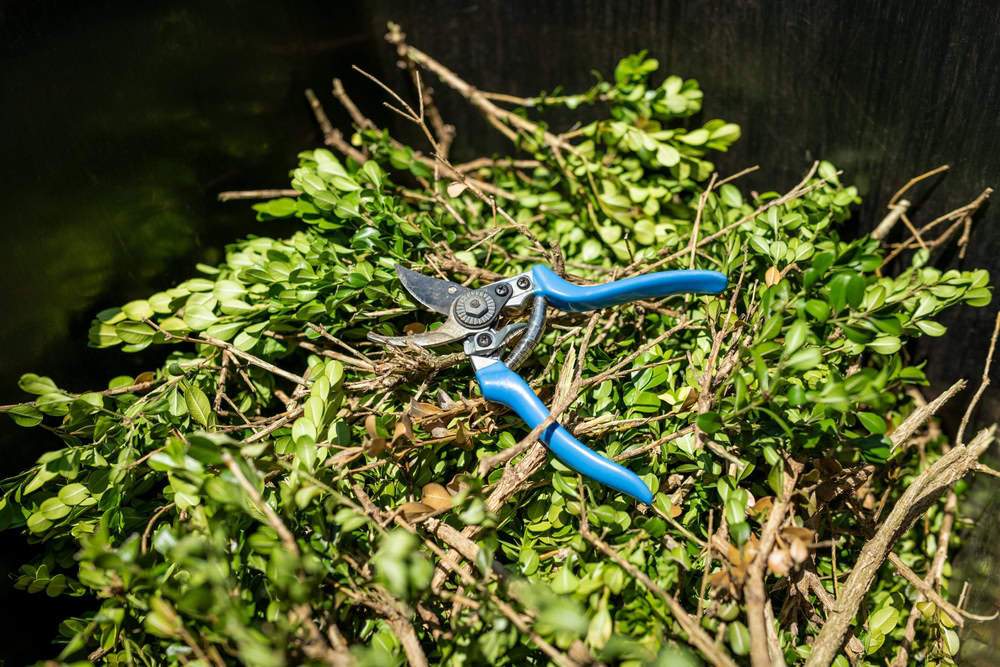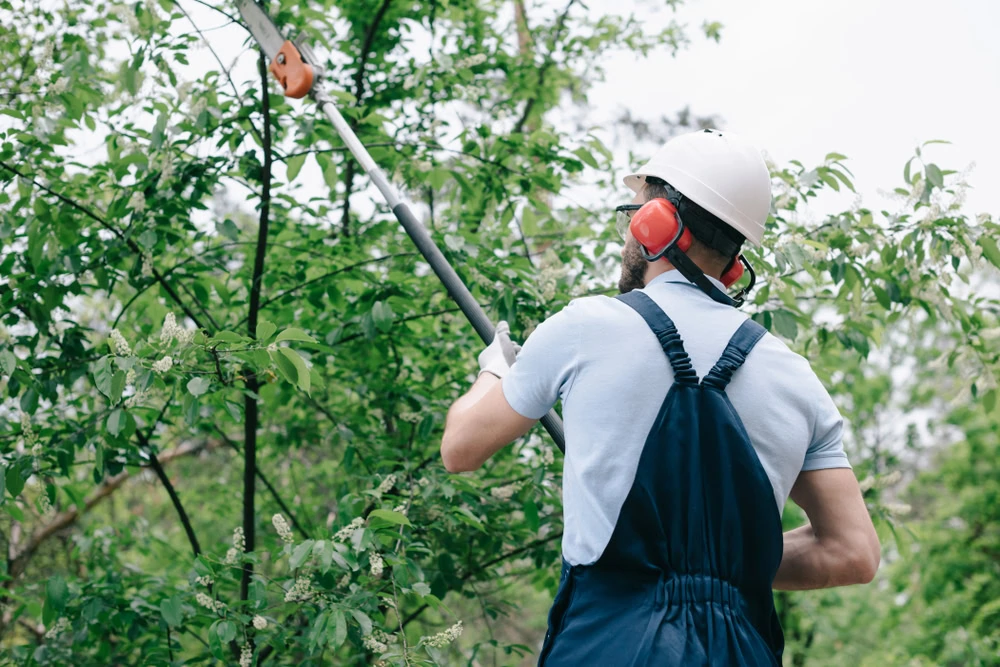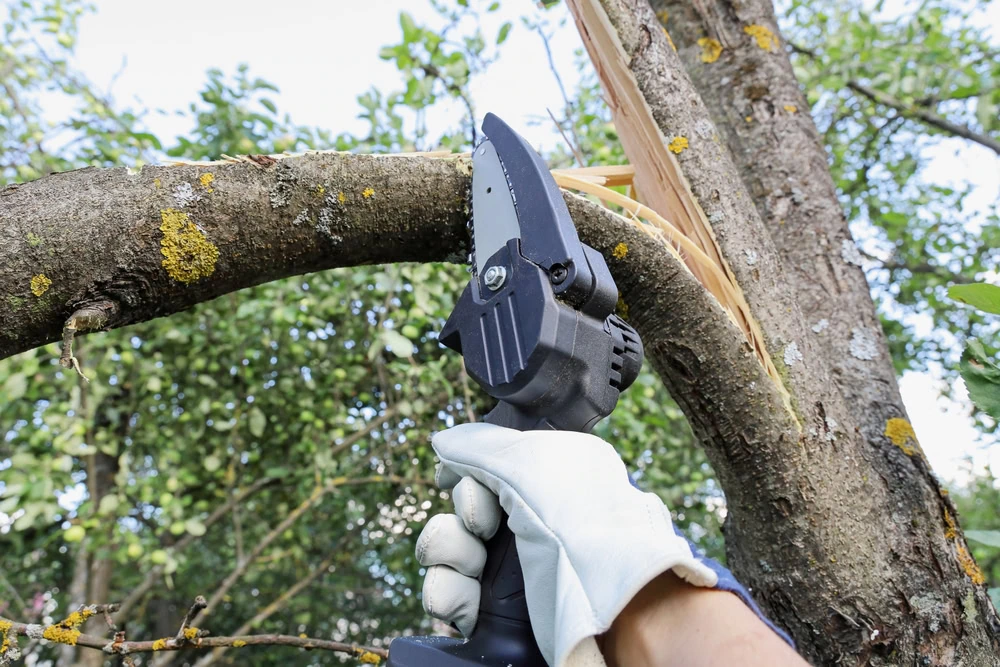Tree Trimming in Oyster Bay, NY
Keep Your Trees Healthy and Safe
Professional tree trimming that protects your property and preserves your landscape investment.

Hear from Our Customers

Professional Tree Care Services
Your trees look better, your property stays safer, and you avoid the headaches that come with neglected tree maintenance. Proper trimming removes dead or dangerous branches before they become problems, while strategic pruning encourages healthy growth patterns that last for years.
You get peace of mind knowing your trees won’t drop branches on your roof, car, or family during the next storm. Well-maintained trees also boost your property value and keep your landscape looking sharp year-round.
The difference between DIY tree work and professional trimming shows up immediately. Your trees maintain their natural shape while getting the care they need to thrive in Oyster Bay’s coastal environment.
Oyster Bay Tree Service Experts
Green Light Tree Services has been caring for Oyster Bay’s trees for years, and we understand what works in this area. The salt air, seasonal storms, and mature tree canopy here create specific challenges that require local expertise.
Our certified arborists know which trees thrive near the water and which ones need extra attention. We’re licensed, insured, and equipped to handle everything from routine maintenance to emergency storm cleanup.
You’re working with professionals who live and work in this community. We’ve trimmed trees on streets just like yours and dealt with the same species growing in your yard.

Tree Trimming Process
We start by assessing your trees and identifying what needs attention. Dead branches, crossing limbs, and growth that threatens your property get marked for removal. We also look for signs of disease or pest issues that pruning can help address.
The actual trimming uses proper techniques that promote healthy growth while removing hazards. We make clean cuts at the right angles and locations to encourage healing and prevent decay. Our equipment handles branches safely without damaging your property or the remaining tree structure.
Cleanup happens as we work, so you’re not left with a mess. We chip branches, remove debris, and leave your property cleaner than we found it. You get healthy, well-shaped trees and a yard that’s ready to enjoy.

Ready to get started?
Complete Tree Maintenance Solutions
Every tree trimming job includes a thorough assessment of your tree’s health and structure. We remove dead, diseased, or damaged branches first, then focus on improving the tree’s shape and reducing future problems.
You get professional-grade equipment and techniques that most homeowners can’t access. Our bucket trucks reach high branches safely, while our specialized saws make clean cuts that heal properly. We also handle the disposal of all debris, so you don’t need to worry about cleanup.
Our work comes with the protection of full licensing and insurance. If you need emergency tree service after a storm, we respond quickly to remove dangerous branches and restore safety to your property. Regular maintenance customers get priority scheduling for urgent situations.
